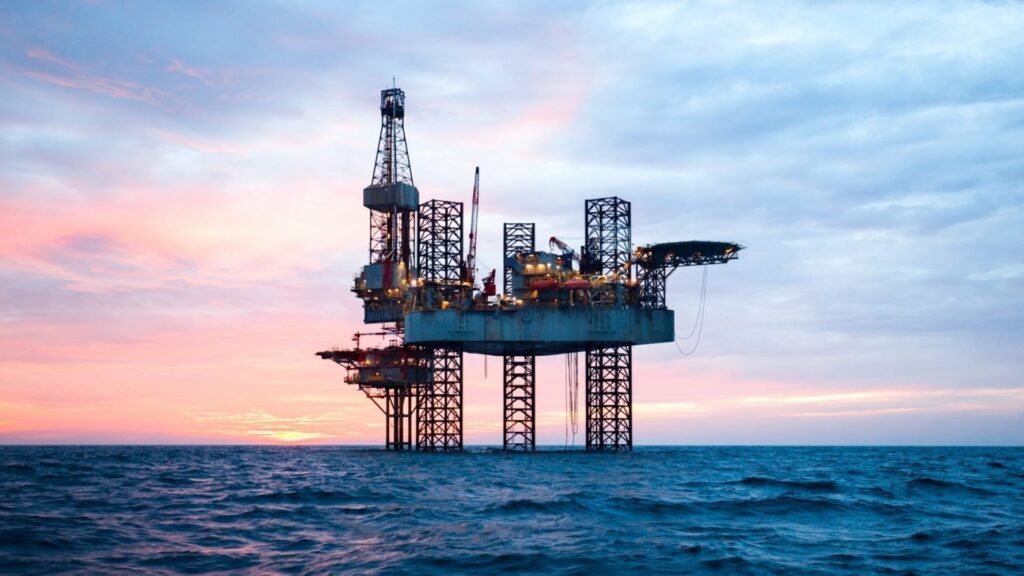Importance of the Oil and Gas Industry

Oil and natural gas are significant players in the energy sector and have an impact on the global economy as the world’s primary fuel source. Oil and gas production and distribution systems are extremely complex, capital-intensive, and reliant on cutting-edge technology. Natural gas has historically been associated with oil, owing to the industry’s upstream or production phase.
Natural gas was regarded as a nuisance for much of the industry’s history, and it is still flared in large quantities in many parts of the world, including the United States. Natural gas has become a more important part of the world’s energy supply as a result of the aforementioned shale gas development in the United States and natural gas’s lower greenhouse gas emissions when burned when compared to oil and coal.
This guide investigates the oil and gas industry and is intended to be a resource for researchers worldwide, with a focus on the United States. It includes a brief history of the oil and gas industry, an overview of businesses and organizations, statistics and pricing resources, and laws. The market is frequently classified into three segments.
The three main segments of oil and gas
● Upstream
● Midstream
●Downstream
Upstream
Upstream industries are organizations involved in the petroleum and gas industries. These are the companies that scour the planet for material reserves before mining for them. The upstream portion is known for its high risks, expensive investment capital, longer duration, and technological precision due to the lengthy discovery and mining processes. The upstream phase entails searching for hydrocarbons, the primary components of petroleum and natural gas. Land surveys are conducted to assist in locating the most suitable locations. Before mining, specific materials must be discovered deep underground in order to estimate the number of oil deposits.
Midstream
Midstream businesses that are linked to transportation. It is their responsibility to transport collected raw materials to refineries where the oil and gas are processed. Midstream companies specialize in pipelines, storage, and transportation. These businesses are classified as midstream.
Downstream
Refineries are an example of a downstream enterprise. These businesses are in charge of extracting and converting oil and gas into products that the general public can use, such as gasoline for automobiles, diesel fuel, cooking gas, and so on. Downstream operations in agriculture can also be quite important. Crude oil is discovered, extracted, exported, and then transported. The petroleum is then distributed, sold, and processed.
Use of Oil and Gas
When discussing its applications, petroleum and fuel, such as petrol or diesel, are frequently confused. However, petroleum has been used in a specific way. It is the most important factor in society, politics, technology, and the economy. Furthermore, many petroleum byproducts exist in everyday life in relation to fuels. Here are a few examples of petroleum applications.
- Agriculture
- Detergents, Dyes
- Plastics, Paints
- Pharmaceuticals
- Rubber
1. Agriculture
When we talk about agriculture, we’re talking about fertilizers. Petroleum is used to produce ammonia, which is used as a nitrogen source. The Haber process is used in this case. Pesticides are also made from oil. Overall, petroleum-based products are widely used in agriculture because they aid in farm machinery operation and plant fertilization.
2. Detergents, Dyes
Petroleum distillates, such as benzene, benzene, and xylene, are used to create raw materials that are then used in products such as synthetic detergents, dyes, and fabrics. Polyurethanes derived from benzene and toluene are commonly used in oils and surfactants, as well as to varnish wood.
3. Plastics, and Paints
The majority of plastics are made from petroleum products. This element is used in the production of petroleum-based plastics like nylon, Styrofoam, and others. Olefins like ethylene and propylene are commonly used to make plastics. Petrochemicals are also used to make oil-based paints and paint additives. Petrochemical ethylene is present in the photographic film.
4. Pharmaceuticals and Cosmetics
Many skincare and pharmaceutical products contain petroleum byproducts such as mineral oil and petroleum. Tar is also made from petroleum. Oil-based cosmetics and perfumes are examples of petroleum derivatives.
5. Rubber
Petrochemicals are also used to make synthetic rubber, which is then used to make shoe soles, car tires, and other rubber products. Butadiene is the most important component of rubber.
know more about the oil and gas course; https://arrowwingsacademy.com/oil-and-gas-technology/
watch job opportunities in oil and gas industries; https://www.youtube.com/watch?v=lFrmiTx15cE